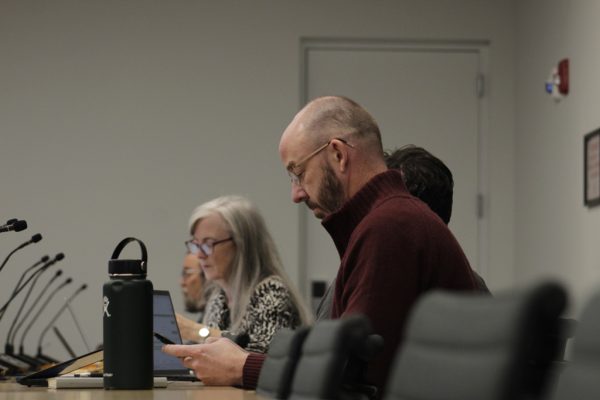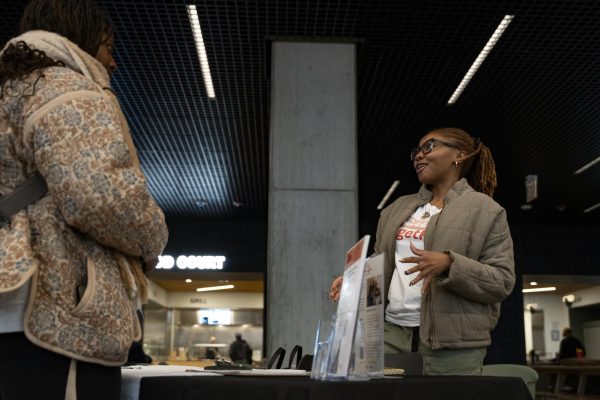Student opinion on corporate donor wall
October 9, 2011
The corporate donor wall, located in the 618 S. Michigan Ave. building lobby, has generated some buzz from students.
According to Kim Clement, assistant vice president and director of campaign initiatives in Institutional Advancement, the wall—put up approximately a year ago—displays nearly 30 logos of corporations who donated $10,000 or more to the college’s “This Is Columbia’s Moment” campaign.
“It’s meant to communicate that Columbia is worthy of corporate support and corporations are actively giving us contributions,” Clement said.
However, Joe Hirsch, junior cultural studies major, is not so supportive of Columbia’s decision to display corporate support.
“Colleges accept corporate donations,” Hirsch said. “That’s a fact of life, but I feel like we’re being bought out
by corporations.”
Hirsch dislikes the placement of the logos, and finds the donor wall with just the names printed in the Alexandroff Campus Center, 600 S. Michigan Ave., to be a much classier representation of those who support the college.
“This is such an independent, non-biased educational institution,” Hirsch said. “It shouldn’t be ‘Brought to you by J.P. Morgan.’”
Some argue that the associations one makes by viewing a logo can be beneficial.
Clement said the logo campaign can catch the attention of other corporations.
“Typically, what happens is someone who’s not on the wall sees the wall and says, ‘Oh, we’re not up there,’”
Clement said.
Casey Gold, senior arts, entertainment and media management major, believes corporate sponsors are important, but he’s not fond of the wall.
Both Gold and Hirsch believe there are more appropriate places for logos to appear than in a campus building.
“There’s a difference between a classroom and a football field,” Gold said.
But not every student, if he or she even notices the wall, dislikes it. Kristi Wiechman, junior art and design major, said the display of the logos does not bother her.
“To me, anything that makes it less expensive for me to go here is fine, just as long as the school is not shelling out a ton of money to display the fact that people gave that money,” Wiechman said.
But Gold said he does not understand the point and thinks Columbia did not communicate the wall well.
“What is the overarching goal of this wall?” Gold said. “If it’s nothing, then tell us it’s nothing.”
Hirsch thinks the logos make Columbia appear to be a for-profit school, and it could send the wrong message.
“College is the stage of life where you are independent, and you’re part of an institution that is independent intellectually,” Hirsch said. “I think it takes away some of the credibility of the work people are
doing here.”






